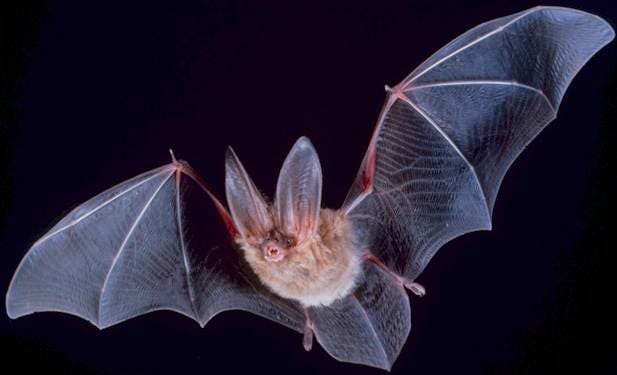With a potential ZIka pandemic luring over the Americas, one Long Island town is stepping up to bat.

The World Health Organization has recently declared a global emergency following the Zika outbreak in the Americas, and residents in the US are already starting to take measures. But how can you protect yourself against an almost invisible threat – mosquitoes? Sure, authorities can spray mosquito-killing substances and fertile breeding grounds can be cleaned up, but in the end, it’s very difficult to truly eradicate mosquitoes from an area. People of North Hempstead in the Long Island area believe they have found the solution: bats.
Bats are the natural predators of mosquitoes, being able to eat up to a thousand mosquitoes an hour. It’s also a pesticide-free method, posing no secondary threats for humans or the environment. In order to lure more bats to the area, authorities have mounted “bat boxes” on trees, providing them a free and easy accommodation.
CBS New York recently visited the Clark Botanical Gardens, where several of the “bat boxes” have been installed. Commissioner Jill Weber told CBS that the boxes should be installed at 15-30 feet off of the ground, where the bats are most comfortable. The information about the bats’ potential performance also came from Weber:
“They just need to go up 15 to 30 feet to get them off the ground. Bats are more comfortable when they are high up and can eat 1,000 mosquitoes in an hour once situated in an area,” Weber said.
It’s an interesting solution, and it’s just crazy enough to work. Unfortunately, the same strategy won’t work in areas like rural Brazil, where the areas are much larger and harder to cover by the bats. However, installing bat houses close to breeding grounds seems like a promising idea.






